Chapter 01
Overflight
Domaine Louis Bovard is in Cully, on the shores of Lake Geneva between Lausanne and Vevey. This is the heart of Lavaux, one of the most prestigious wine areas in Switzerland, a UNESCO World Heritage Site.

Domaine Louis Bovard is in Cully, on the shores of Lake Geneva between Lausanne and Vevey. This is the heart of Lavaux, one of the most prestigious wine areas in Switzerland, a UNESCO World Heritage Site.

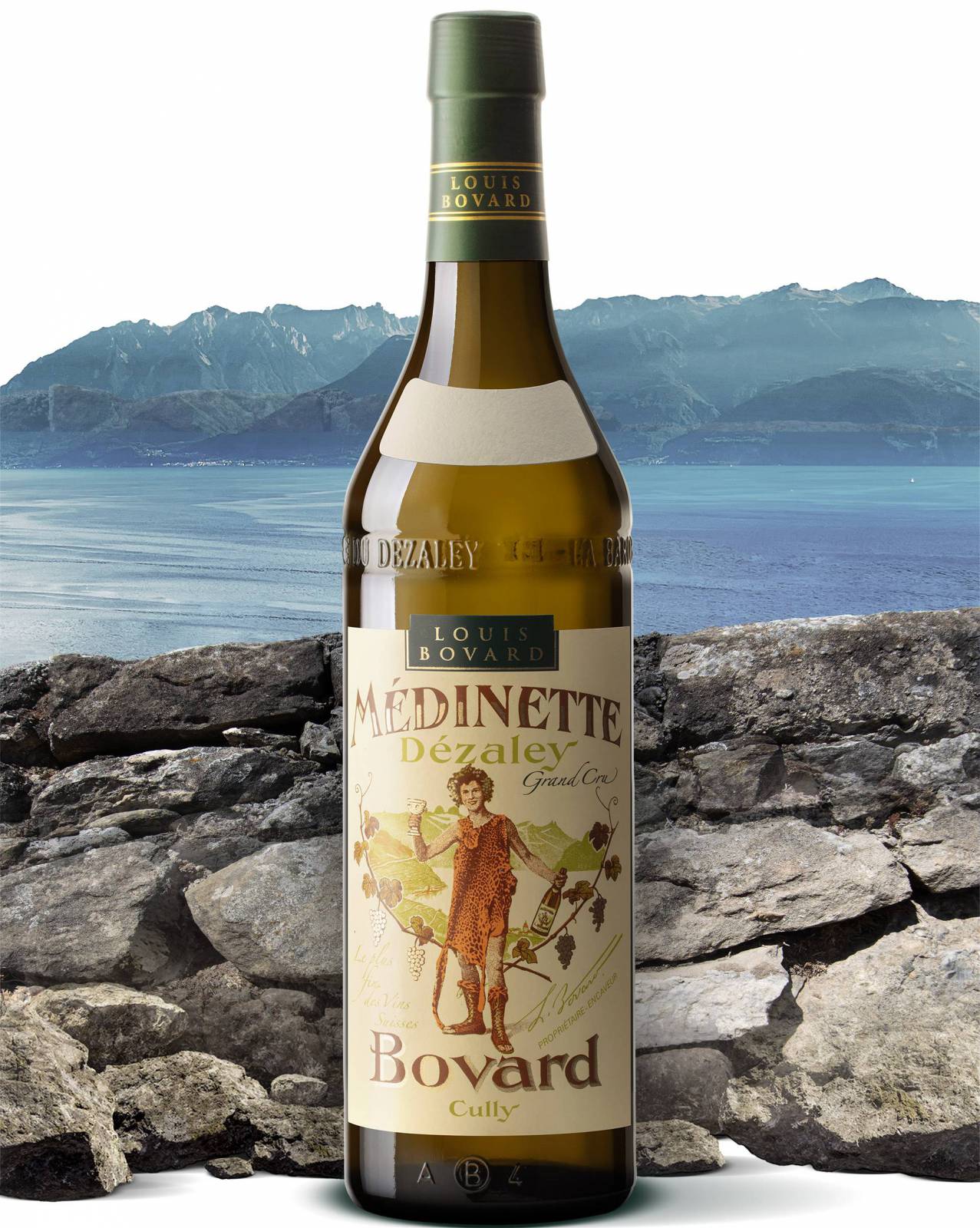
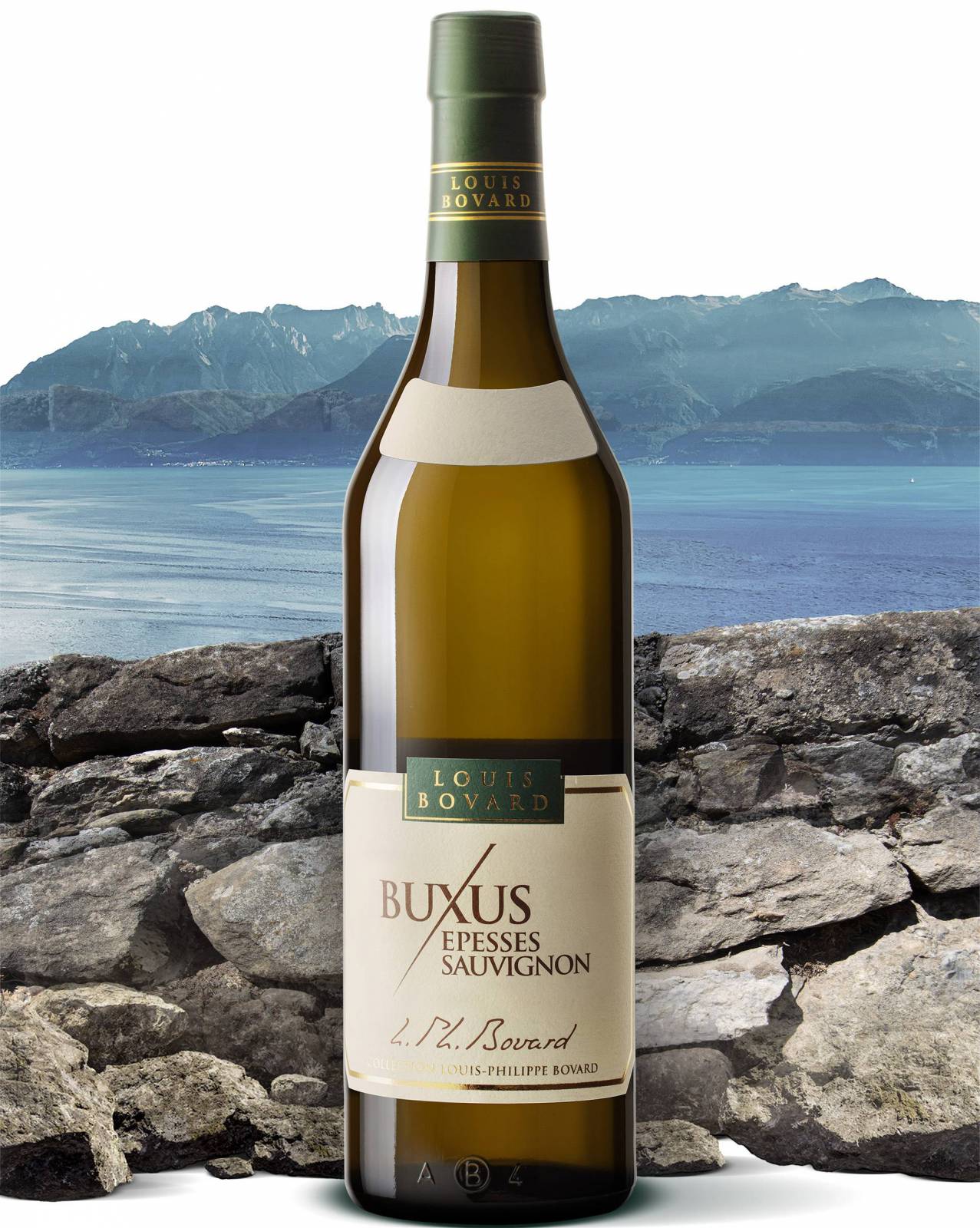
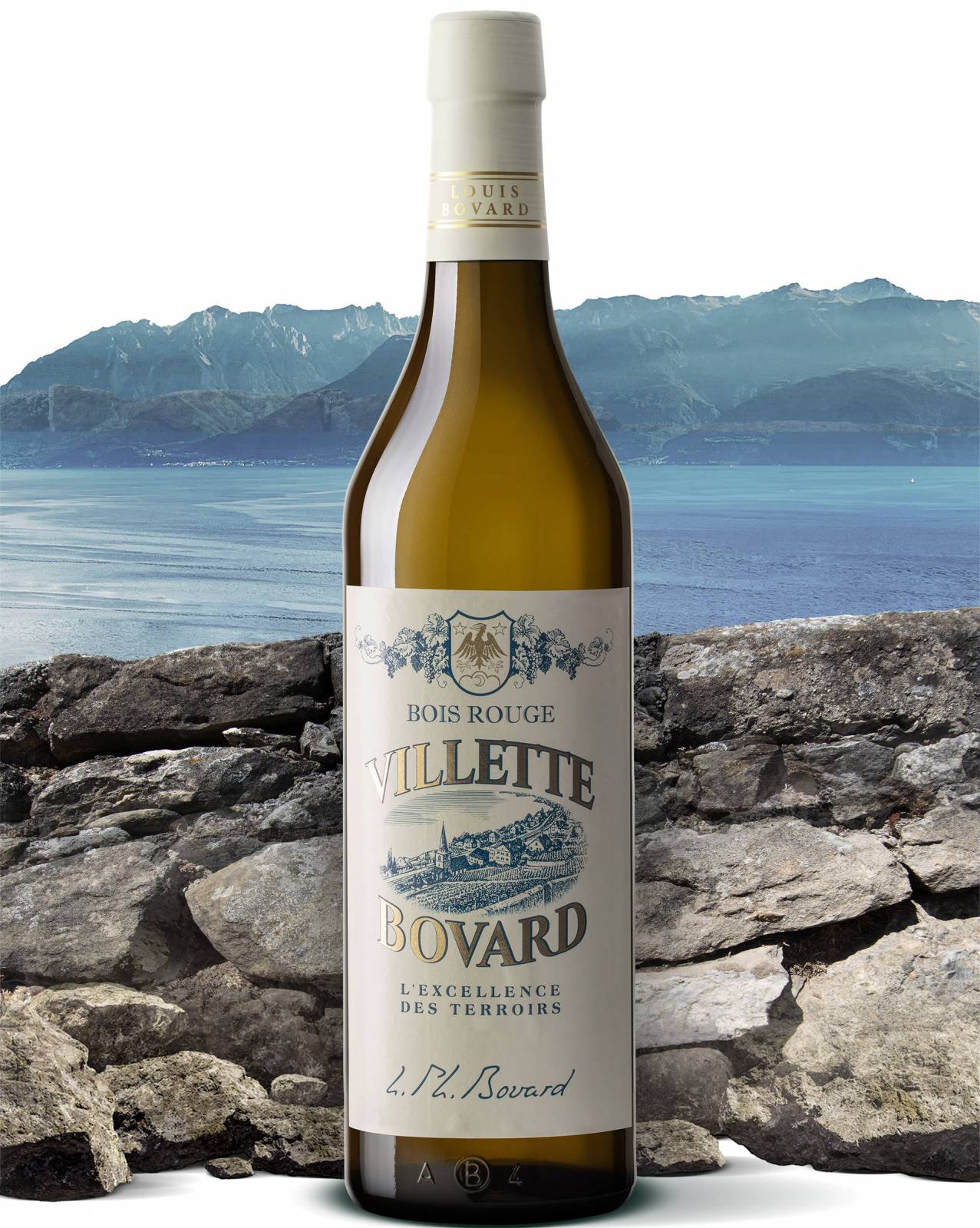
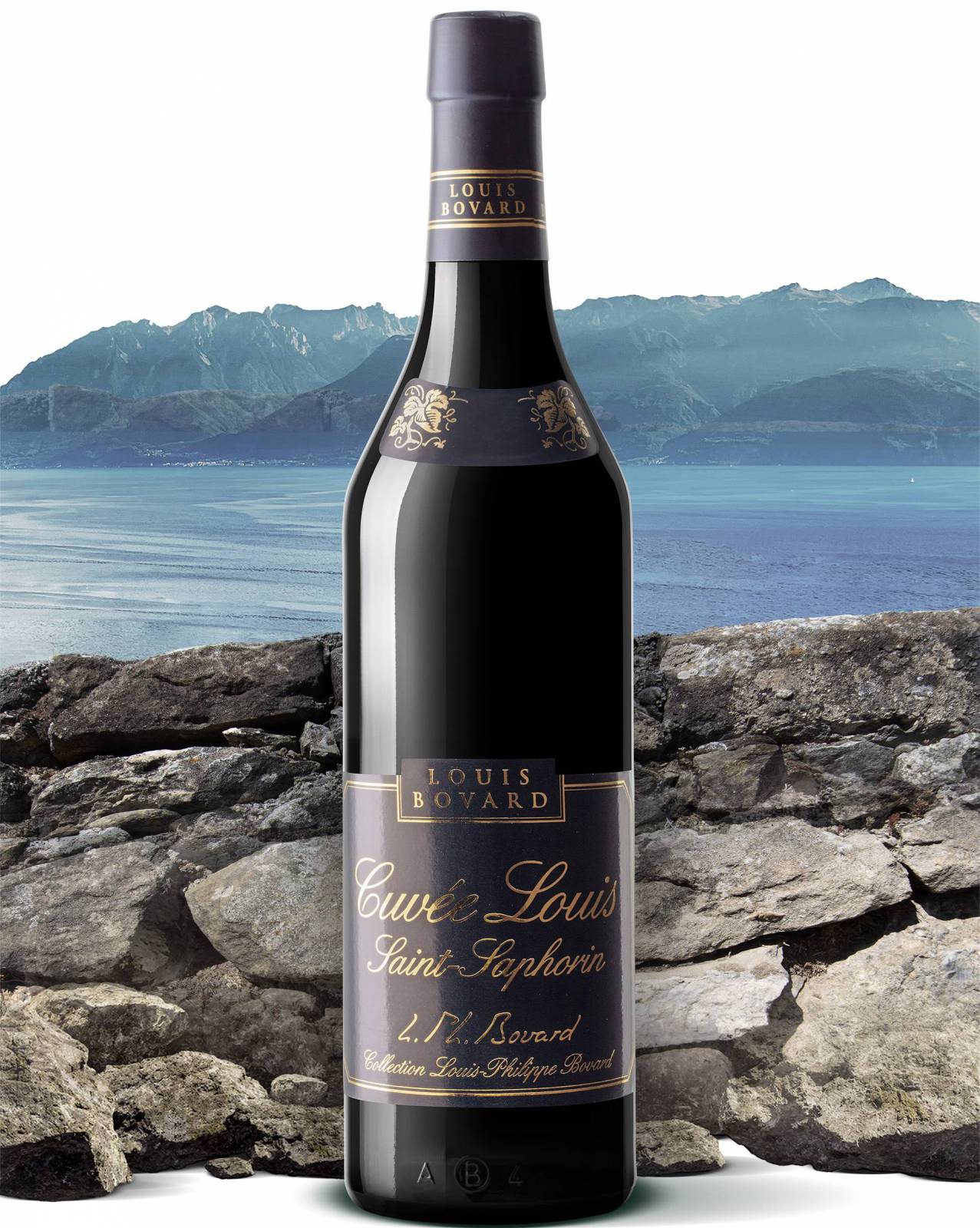
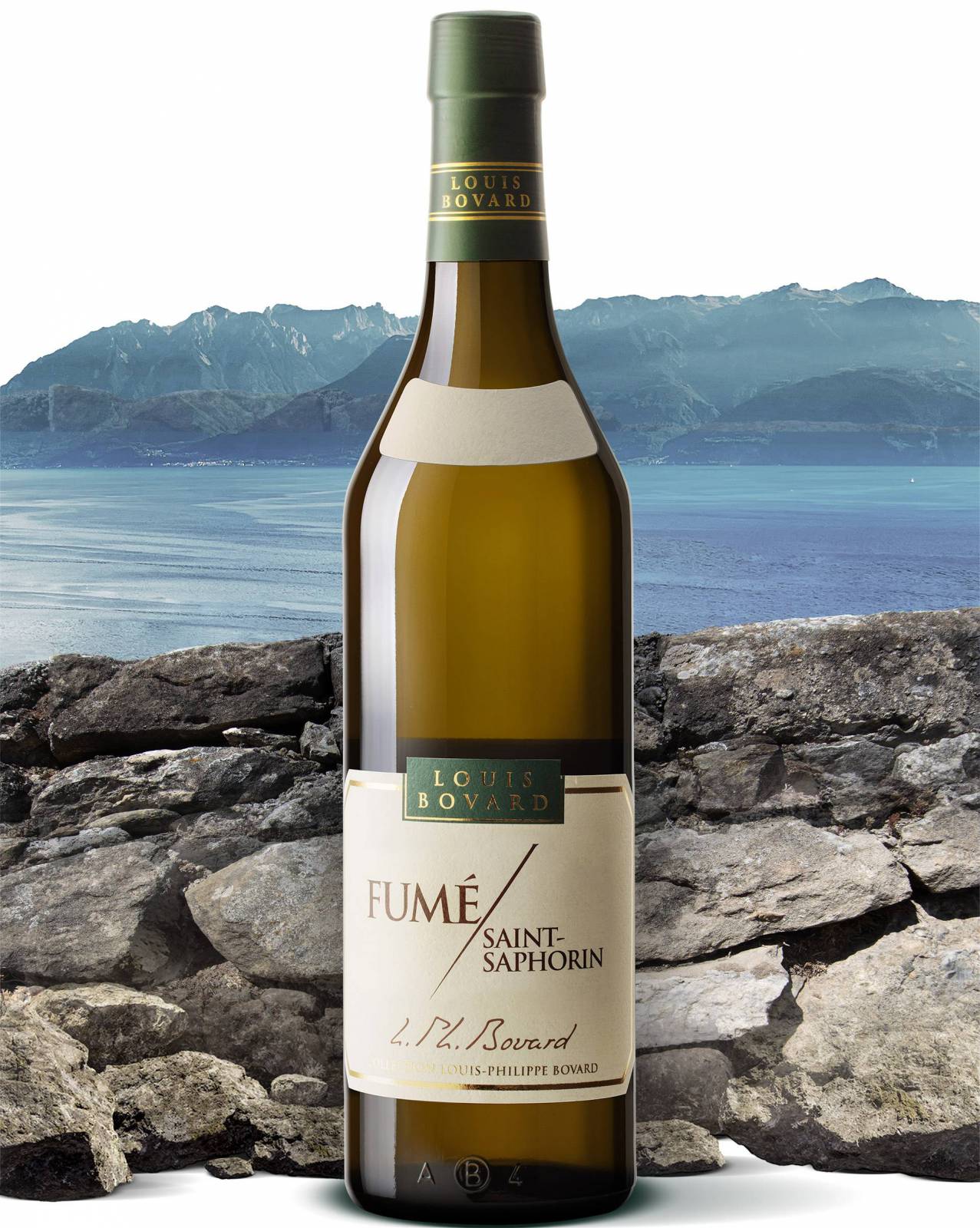
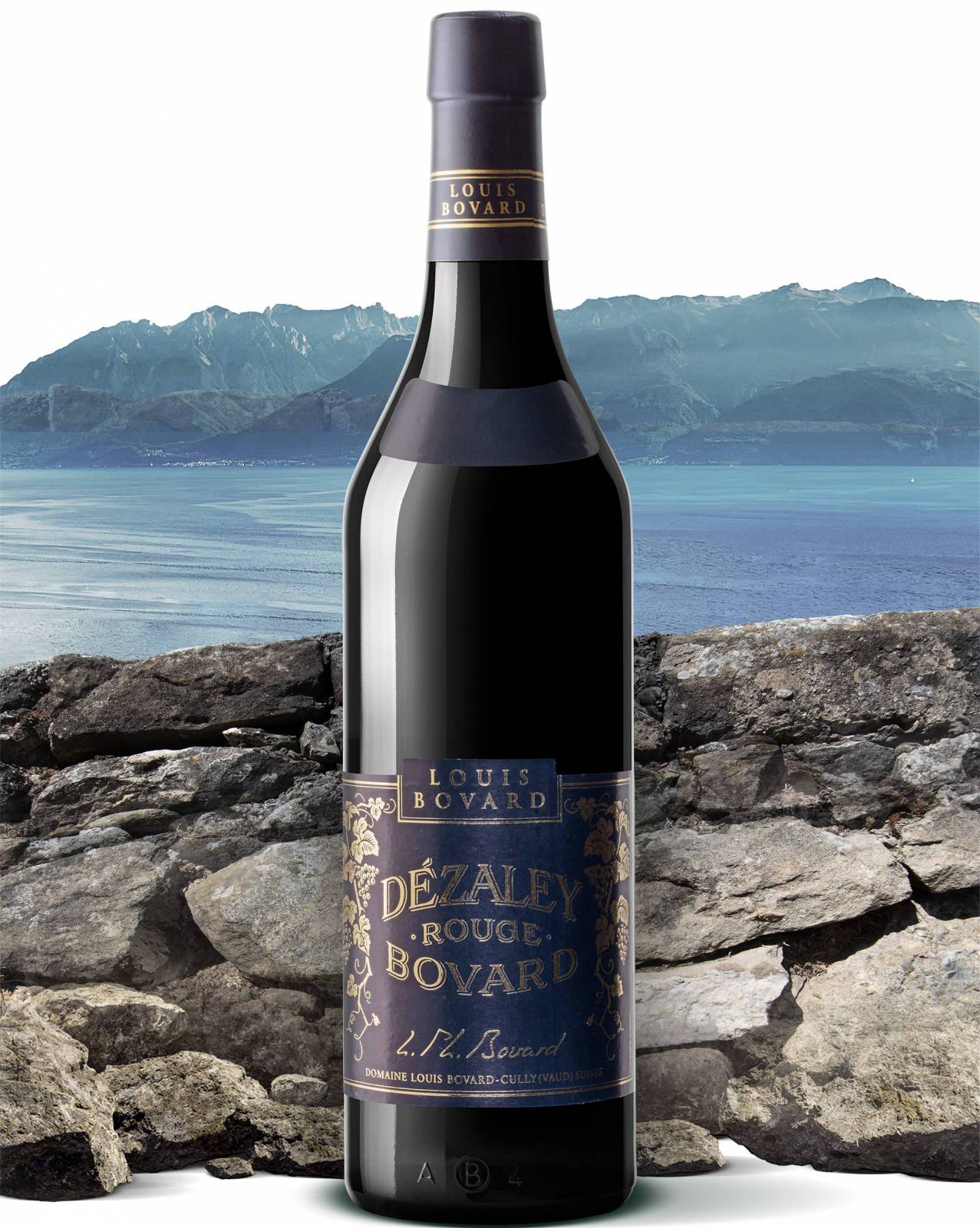
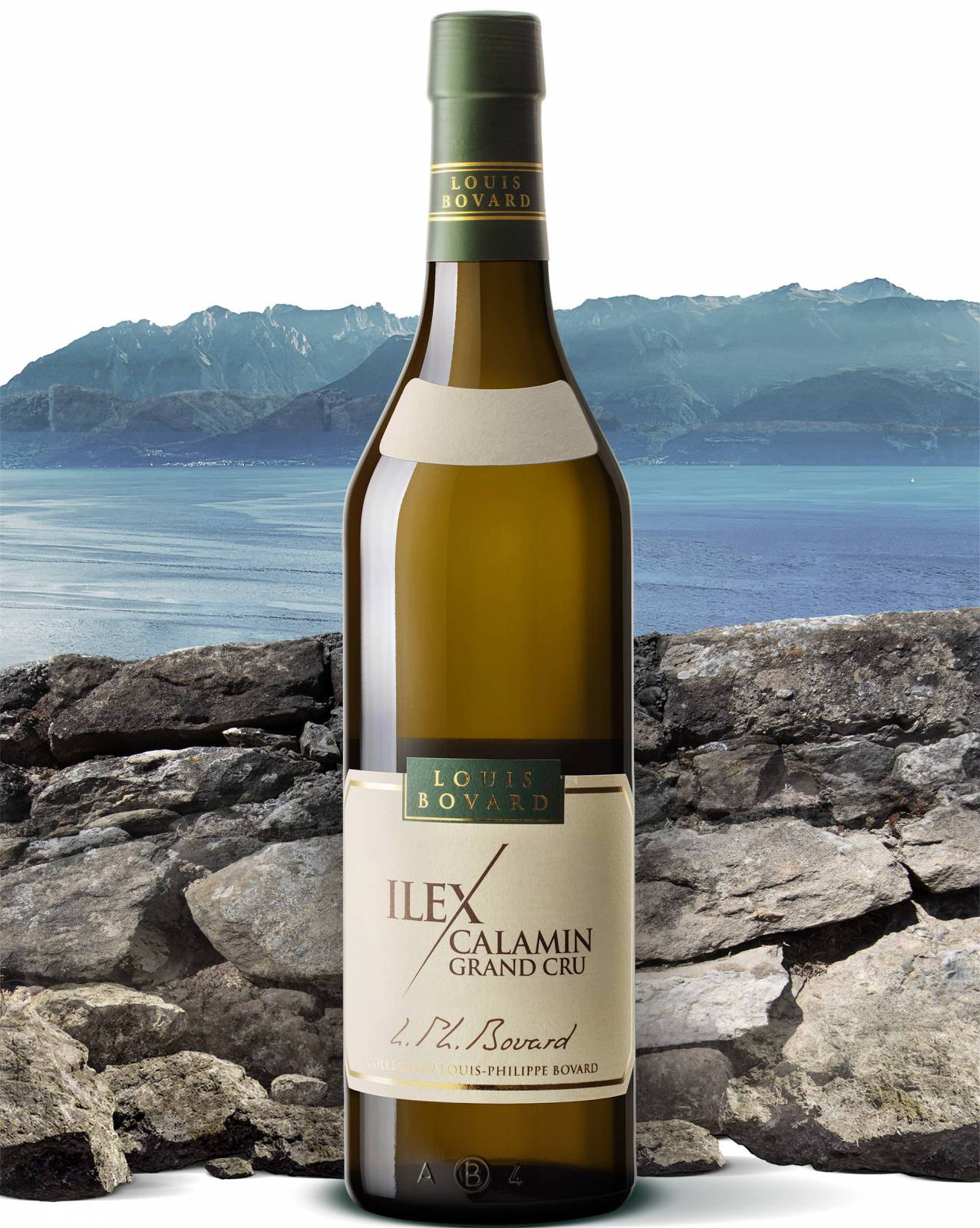
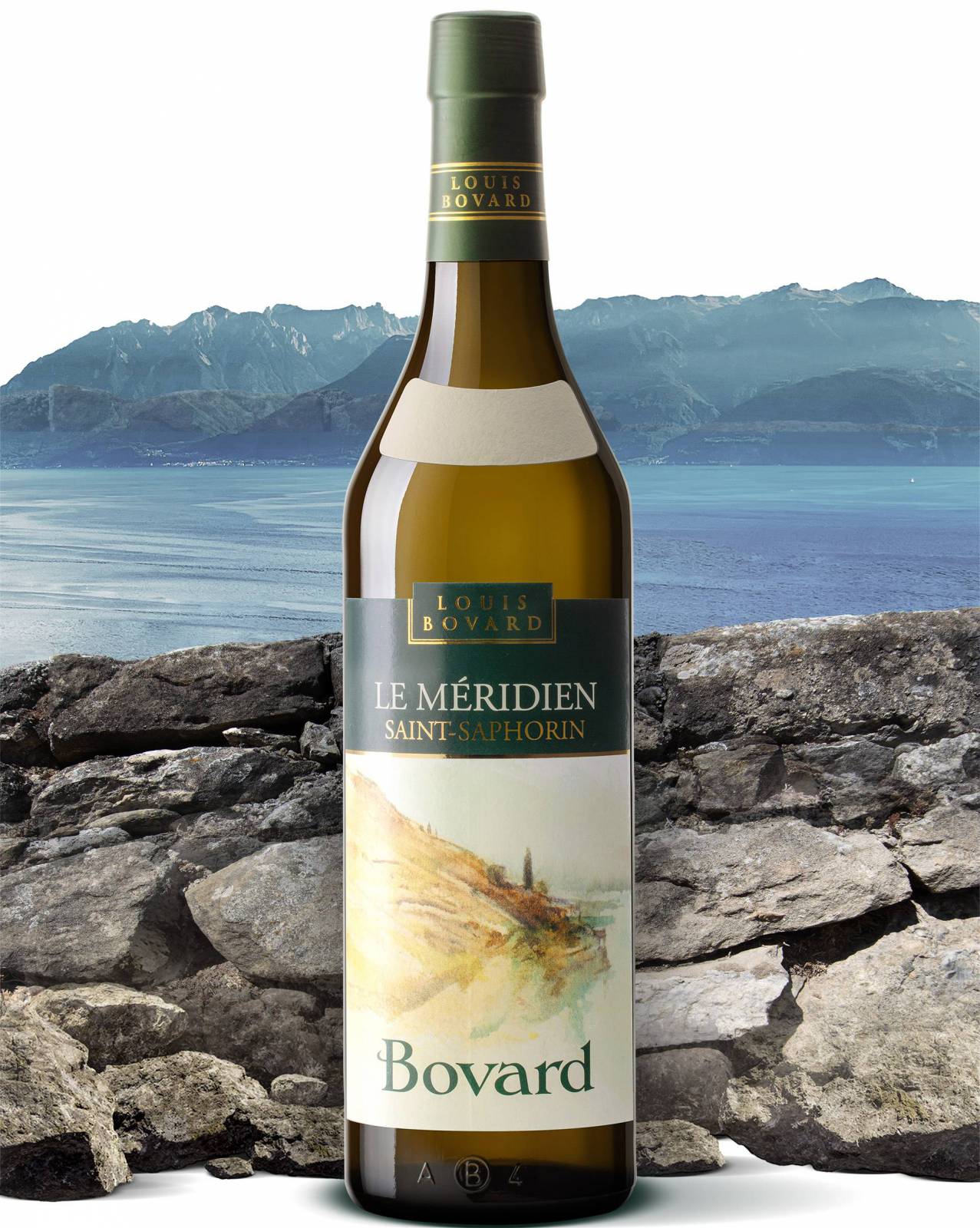
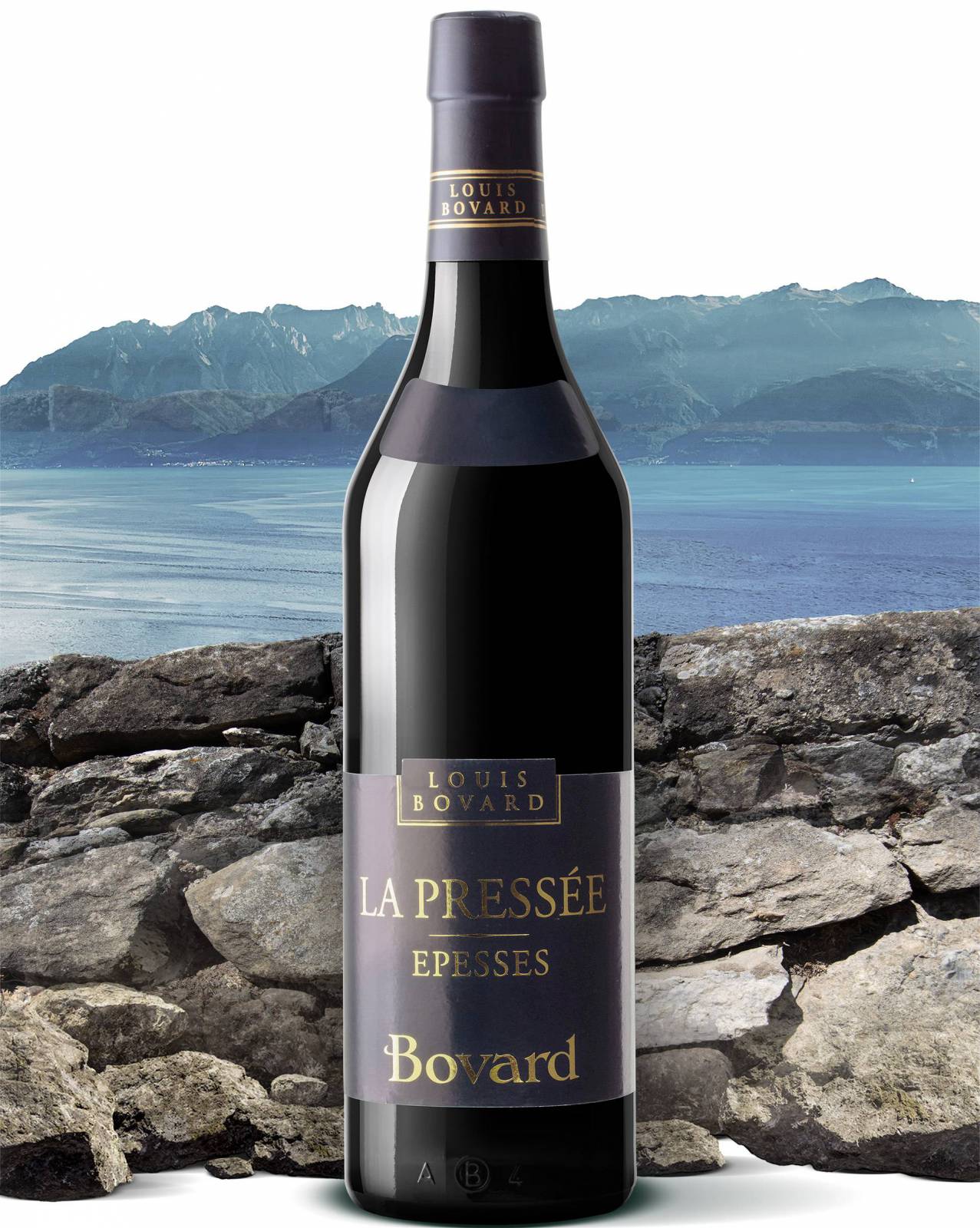
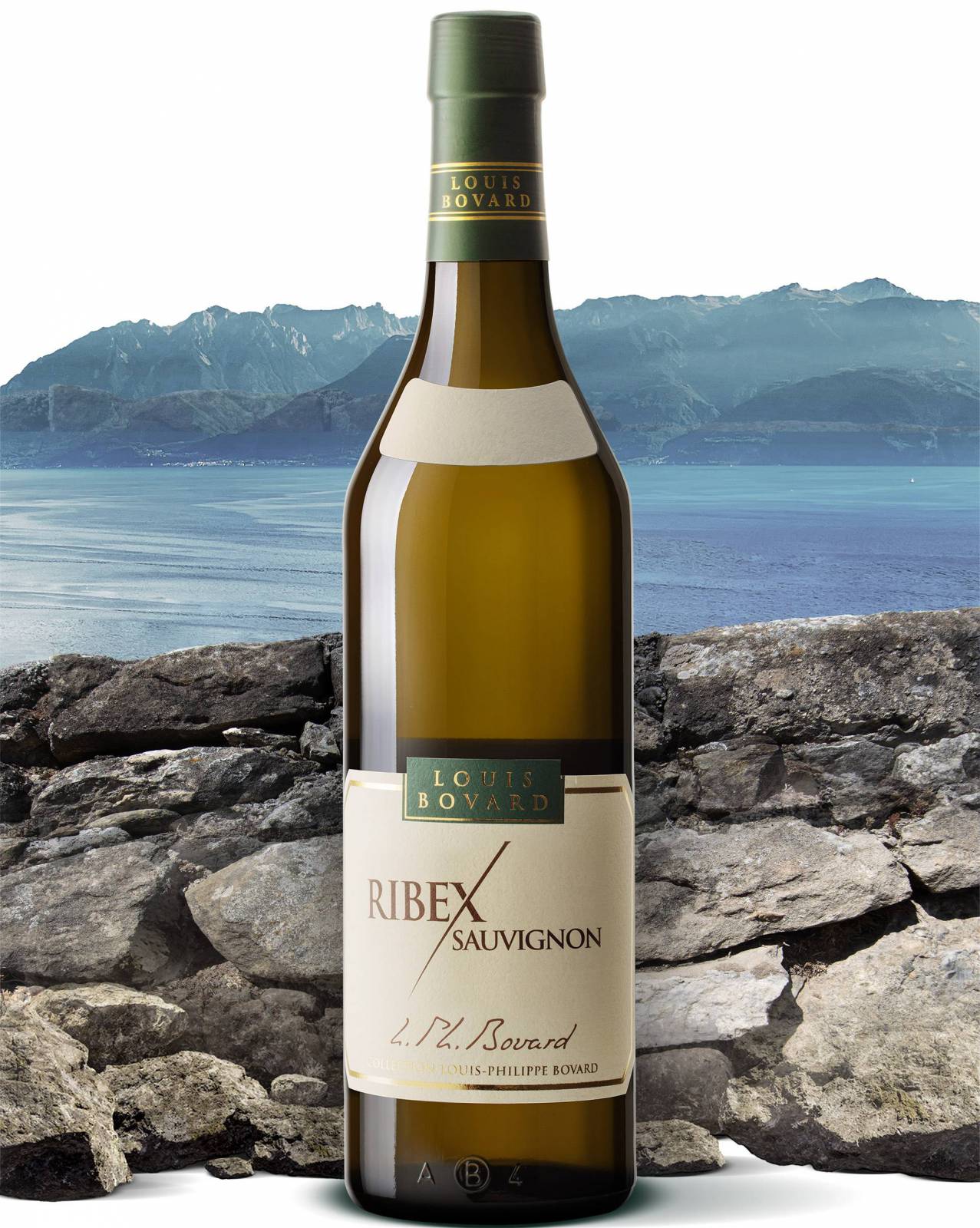
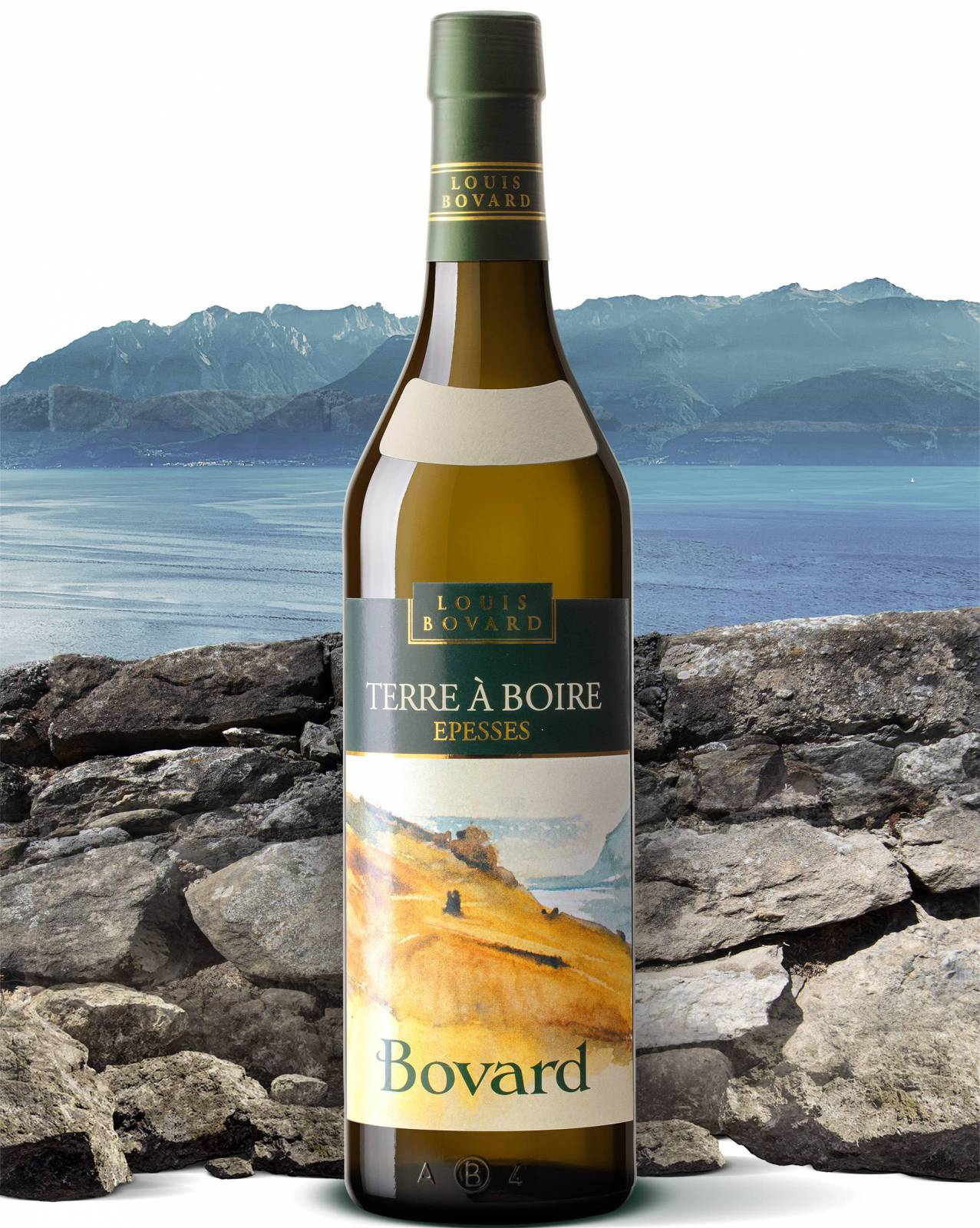
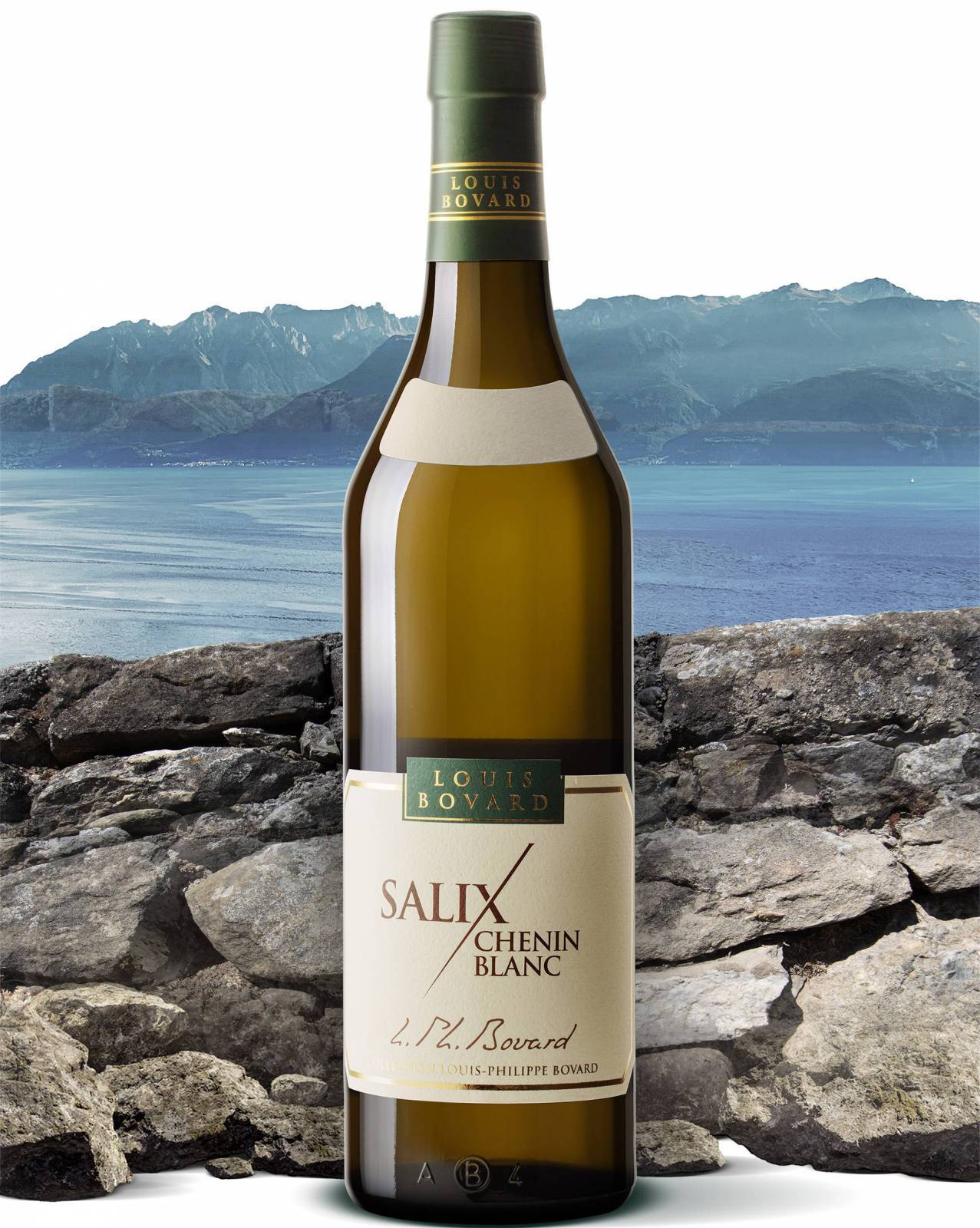
In 1983, Louis-Philippe Bovard – he is the 10th generation with the name - took over the family estate of 13 hectares, of this 13-hectare family estate, with the aim of bringing its wines to a level of international recognition. A forward-looking man, he is responsible for the introduction of new grape varieties in Lavaux (Chenin Blanc, Sauvignon Blanc and Syrah), the study of terroirs and climates in Lavaux, the maturation of Chasselas on lees and in barrels, the creation of the World Conservatory of Chasselas (with the aim of researching old high quality varieties of this grape variety) as well as the development of an important collection of old Dézaley vintages.
The estate has obtained the highest distinctions of Swiss wines, is among the icons of Swiss wine and enjoys international recognition.

The Lavaux vineyards overlook the majestic Alps on the opposite shore, which are mirrored in the lake. Gold-tinged vines in the fall are snow-draped in winter, but they come into their own in summer.
The vineyards
Facing southeast to southwest, on slopes of 30 to 50%, benefiting from the proximity of Lake Geneva and the sun's rays, Lavaux is home to a multitude of different terroirs and climates. Domaine Bovard has 2 Grand Cru areas – Dézaley and Calamin - and 5 Appellations d'Origine Contrôlée. Its cultivation methods vary from one plot to another in order to make the most of their respective potential.
Chasselas
Chasselas is the main grape variety grown on the estate. It represents 70% of the vineyard surface area and is found on different terroirs in Dézaley, Calamin, Epesses, Saint Saphorin and Villette.
Two very old varieties recently reintroduced to the estate, namely Giclet and Bois Rouge, have revealed a new tonality, one by its remarkable liveliness, the other by its exceptional fruitiness.
New grape varieties
In order to diversify and enrich its range of wines intended for gastronomy, the Domaine decided in 1990 to introduce new grape varieties. The integration of a grape variety into a terroir often proves to be delicate and the climate-soil-grape variety match is very complex. Various grafting trials (30,000 vines at the beginning) have enabled us to retain as white grape variety Sauvignon Blanc and Chenin Blanc, which, planted in gravelly soils, reveal an extraordinary aromatic expression.
As for the new red grape varieties, Syrah and Merlot, they flourish at the bottom of the hillsides, where they benefit from the humidity of the lake, the heat given off by the walls and the sun's rays. The tannins then slowly ripen and lead to a wine that is both powerful and elegant. These last two grape varieties now occupy nearly 15% of our surface area.
The World Conservatory of Chasselas
Originally from the Lake Geneva basin more than 2000 years ago, this native grape variety that Chasselas represents has adapted to the great climatic variations of our era. It expresses and enhances the great diversity of soils and microclimates and can produce exceptional wines, of great complexity and with a potential to age for more than 20 years.
In 2010, the Domaine Louis Bovard made available a 4500-metre plot of land on the heights of the village of Rivaz, to create the Conservatoire Mondial du Chasselas, under the aegis of the Retraites populaires, in partnership with the Agroscope of Changins-Wädenswil and the Cantonal Office of Viticulture.
The Conservatory currently houses 19 varieties of different Chasselas and serves as a showcase for the grape variety.
The lower part of the Conservatory, which constitutes the ampelographic collection, brings together 19 varieties, mainly white, but also red and pink. It allows the general public to learn to appreciate the quality and richness of Chasselas. From July to September, one can appreciate the differences in colour and shape of the bunches, as well as the diversity of the foliage.
The middle part is occupied by 5 selections formerly common in the Canton of Vaud: Fendant roux, Vert de la Côte, Giclet, Blanchette and Bois rouge. 400 plants of each of these varieties have been planted for the purpose of comparing their respective potentials. Giclet and Bois rouge proved to be the most interesting.
In the upper part, under the aegis of the Federal Office of Agriculture and in collaboration with Agroscope, our estate planted five new massal selections from these two old varieties in 2020. They are destined to shape the vineyard of the future (cultural and oenological potential, climate change). The first harvest is scheduled for 2023.
The wines settle down as fall progresses in Lavaux, after the relatively turbulent initial phases of the winemaking process. They begin to mature in the wine cellar.
Mother Nature does things well, but we watch carefully over the way the wines progress, following their evolution with passion and humility.
The vinification of Chasselas
The grapes are harvested by hand, crushed then pressed in pneumatic presses. After 24 to 48 hours of static settling, the must is placed in oak vats, where alcoholic and malolactic fermentations follow one another. The wines are then aged on fine lees, with stirring, until bottling.
The Saint-Saphorin Fumé is matured in new barrels, which gives an aromatic profile and in-mouth tension that makes this a high-quality wine for gastronomy.
Ilex, which comes from the Grand Cru Calamin terroir, is matured in barrels without malolactic fermentation in order to develop a gourmet freshness and acidity, and to give it an aging potential of more than 20 years.
Trial wines
Success is in the detail. Only through testing can innovation and progress be made. So in 2009, the Domaine Louis Bovard decided to invest in the construction of a 200 m2 cellar in the basement, allowing to control by hot and cold more than 40 micro-vinifications and to better respect the specificities of each parcel or to test other grape varieties, in the hope to see them served one day at your table.

The Domaine Louis Bovard's wines, over the last 5 years, have obtained: